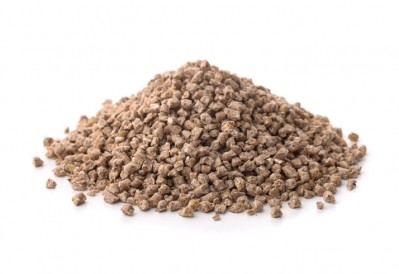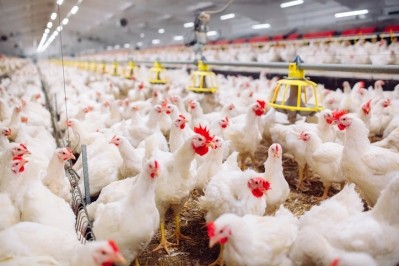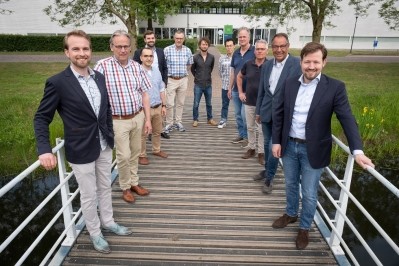IFTC 2022: Coarser diets may boost broiler chicken performance
There is an increasing focus on the structure of broiler diets today, said Birger Svihus, professor of nutrition, Norwegian University of Life Sciences. “There are two reasons for this. Firstly, it costs money to process feed and energy costs are currently very high. We need to lower the cost of production. Secondly, it has been shown that too fine grinding reduces the performance of broiler chickens.”
He was presenting at the 2nd International Feed Technology Congress (IFTC) in Utrecht, in the Netherlands, last week. That event was co-located with VICTAM International 2022.
Coarser grinding, changes to processing conditions and a larger pellet diameter and length may offer opportunities, he argued.
Poultry diet structure, of course, affects both technical and nutritional properties, he said.
“When we talk about structure of the diets, we distinguish between the macrostructure, which is the size, the length, and the diameter of the pellets, along with the amount of fines, and so forth, and that is determining feed intake. On the on other side, we have the microstructure [the distribution of the particles that the pellet comprises] which is important for stimulating the digestive tract and gizzard development.
“We are still in a process of finding out, of fine-turning what the optimum macro- and microstructure is, to optimize bird performance and to keep them healthy.”
Though, he continued, a delicate interaction exists between macro- and microstructure, complicating optimization.
Stimulation of gizzard development through coarse microstructure may boost bird performance through improved nutrient digestibility, longer gizzard retention time, smaller particles due to better grinding in the gizzard, lower gizzard pH, and better synchronization of feed flow into the intestine, he said.
There will be fewer gut health problems also due to, among other aspects, fewer undigested nutrients in the lower digestive tract.
Moreover, by increasing pellet diameter, studies indicate that pelleting capacity would increase, and energy consumption would decrease, while more coarse particles would remain after pelleting, according to Svihus.
For pelleted diets where no hull rich cereals are used, a final wet sieving particle distribution where up to 40% of the particles are larger than 1mm, and half are larger than 2mm, would appear optimal. “This can be achieved by roller milling or hammer milling using large holes in the screen, combined with using a rather large pellet diameter (4-5mm).”
Despite this coarse grinding and large pellet diameter, experiments carried out to date show no negative effects on pellet durability or broiler performance, he said.











